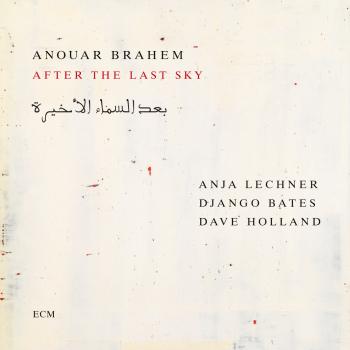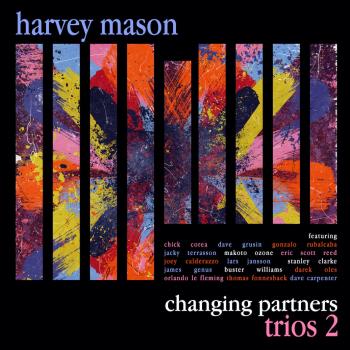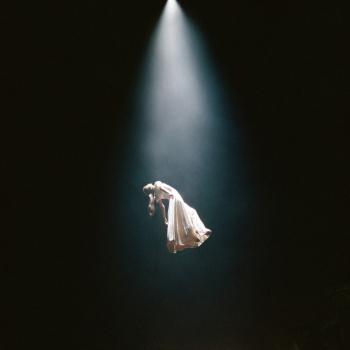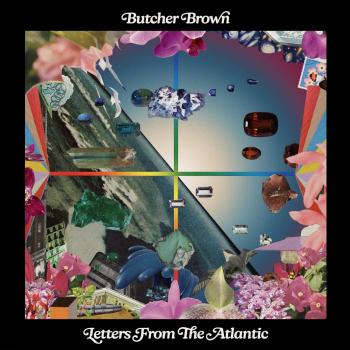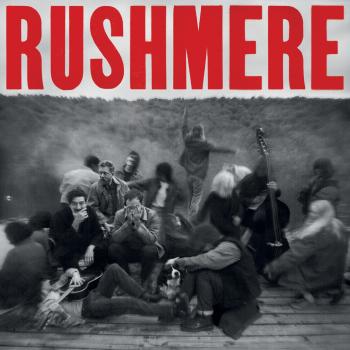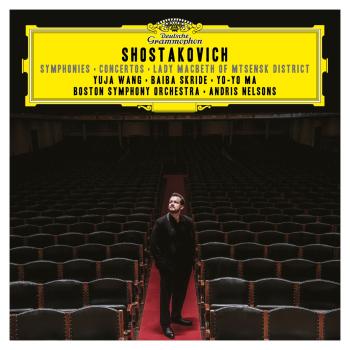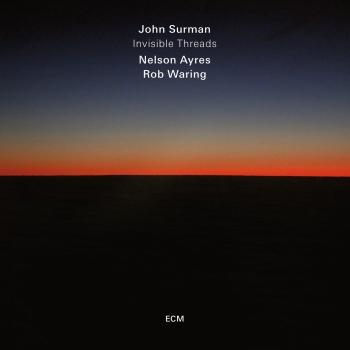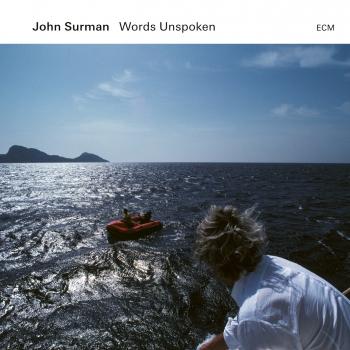
Saltash Bells John Surman
Album Info
Album Veröffentlichung:
2012
HRA-Veröffentlichung:
20.05.2012
Das Album enthält Albumcover Booklet (PDF)
Entschuldigen Sie bitte!
Sehr geehrter HIGHRESAUDIO Besucher,
leider kann das Album zurzeit aufgrund von Länder- und Lizenzbeschränkungen nicht gekauft werden oder uns liegt der offizielle Veröffentlichungstermin für Ihr Land noch nicht vor. Wir aktualisieren unsere Veröffentlichungstermine ein- bis zweimal die Woche. Bitte schauen Sie ab und zu mal wieder rein.
Wir empfehlen Ihnen das Album auf Ihre Merkliste zu setzen.
Wir bedanken uns für Ihr Verständnis und Ihre Geduld.
Ihr, HIGHRESAUDIO
- 1 Whistman's Wood 06:33
- 2 Glass Flower 03:13
- 3 On Staddon Heights 07:34
- 4 Triadichorum 03:38
- 5 Winter Elegy 08:19
- 6 Ælfwin 02:18
- 7 Saltash Bells 10:41
- 8 Dark Reflections 03:29
- 9 The Crooked Inn 02:43
- 10 Sailing Westwards 10:37
Info zu Saltash Bells
John Surman is an exceptionally versatile musician and his instrumental prowess has been showcased in many contexts. Yet his solo albums may be the best sources for insights into his melodic imagination. If you want to understand the wellsprings of his creativity, the solo albums are the place to go; “Saltash Bells” ranks with the best of them. This time around the compositions were inspired by the West Country of John’s English childhood, memories of special places – and sounds. The title track refers to the echoes of bell ringing from Saltash church resounding around the Tamar River valley, at the border of Cornwall and Devon. “Whistman’s Wood”, meanwhile, evokes the mysterious petrified forest of Dartmoor … And so it goes, ancient haunts inspiring vivid new music.
John Surman’s solo albums occupy a special and important place in his discography. “Saltash Bells” is the first since 1994’s “A Biography of the Rev. Absalom Dawe”, and it joins a line of distinguished recordings that begins with “Westering Home” (Island, 1972) and continues with the ECM albums “Upon Reflection” (1979), “Withholding Pattern” (1984), “Private City” (1987), and “The Road To St Ives” (1990). In the British reedman’s multi-facetted music the solo recordings provide perhaps the clearest insights into his melodic imagination. Before the solo albums, Surman was perceived primarily as a hard-blowing improviser, “a young man with a baritone, in search of the next jam session” in John’s characterization. But working alone in the studio, “triggered a compositional response. There has definitely been a voyage of discovery in these solo discs: sometimes they can be a way of accessing personal memories. This was true of the ‘Absalom Dawe’ album and ‘Road to St Ives’ in particular and it’s the case with this new recording.”
“Saltash Bells” was projected originally as a collaboration with Norwegian photographer and filmmaker Odd Geir Sæther which would explore the English West Country, where the Devon-born Surman grew up. When funding for the documentary failed to materialize, John continued alone, channelling recollections into sound:
“The title track was the beginning. People have asked me where the inspiration for the synthesizer loops on my albums comes from and I think I had an insight… My father used to be a dinghy sailor, and on we’d go out on a Wednesday evening on Saltash Passage – that’s the narrowest point between Devon and Cornwall – and from across the river there would be the sound of bell ringing practise at Saltash Church. As a kid, I loved the way the sound would echo across the water and all around the river valley. I would find myself inventing melodies as I listened to it. I’m pretty sure that’s where my fondness for the bell-like tonalities and repeating patterns of the synthesizer has its origin. So the composition ‘Saltash Bells’ recalls those evenings, with echoing bells, the river going by, gulls turning in the sky… It’s that kind of feeling. And it set a tone and direction for the album.”
Other specific locales mentioned here include “On Staddon Heights”, the cliff-tops at the mouth of Plymouth Sound. “Whistman’s Wood” evokes the mysterious petrified forest of Dartmoor, “a very strange and rather spooky place - especially on the misty days that you so often get there in the autumn and springtime.” And so it goes, ancient haunts inspiring vivid new music.
Surman has long used the synthesizer, in his solo works, as “a tool for sculpting texture and atmosphere, and for creating new contexts for improvisation which could be different from playing regular time with a bass player and drummer. Even on the ‘free’ scene, even if playing with say John Stevens and John Tchicai, I was still working in the world of horns, bass, drums. The synthesizers and the multi-tracking opened up other avenues. A lot has changed of course as I’ve gone from simple analog synthesizers to digital synthesizers and from monophonic to polyphonic electronic instruments, with enormous memory capacity. Now that we’re in the era of computer software electronics, I needed some help, which is where Pablo Benjamin came in.” Surman’s son Ben has collaborated often with Jack DeJohnette as engineer, producer and electronics player – and both John and Ben were playing together in DeJohnette’s Ripple Effect band in the period when the music for “Saltash Bells” was being drafted: “Ben was really a great help with the technical aspects of finding the kinds of sounds I was looking for.”
Eighteen years have flashed past since the recording of “A Biography of the Rev. Absalom Dawe” but the work created in the solo albums has continued to make itself felt in the interim. Not only have there been solo concerts each year, but pieces created for solo format have found their way into the repertoire of John’s work with the Trans4mation string quartet. The entire “Road to Saint Ives” album, meanwhile, was transcribed and arranged for orchestra by Howard Moody and has since been played by the BBC Symphony Orchestra, the Bournemouth Sinfonietta and other ensembles. The electronic pulse patterns and textures of the Surman solo idiom have also became part of the fabric of the duo music with Jack DeJohnette as on the album “Invisible Nature” (released 2002).
Yet “Saltash Bells” also re-emphasizes the uniqueness of the solo work. Nowhere else do Surman’s reeds stretch out quite as sensuously, with melodies that continue to unfold all the way to the horizon, the title track implying the clear days when you can see, and hear, forever. In the multi-tracked and delay-system pieces Surman finds an accord with the ‘other players’ which no real-time acoustic group music could duplicate. There is beautiful playing on each of his saxophones and clarinets and – listen closely to the backgrounds of “Sailing Westwards” – some effective harmonica, too – a recorded debut for an instrument Surman has toyed with since his teens.
John Surman, soprano, tenor and baritone saxophones alto, bass and contrabass clarinets harmonica, synthesizer
Recorded June 2009
Rainbow Studios, Oslo
Engineer: Jan Erik Kongshaug
Produced by John Surman and Manfred Eicher
Eighteen years have flashed past since the recording of “A Biography of the Rev. Absalom Dawe” but the work created in the solo albums has continued to make itself felt in the interim. Not only have there been solo concerts each year, but pieces created for solo format have found their way into the repertoire of John’s work with the Trans4mation string quartet. The entire “Road to Saint Ives” album, meanwhile, was transcribed and arranged for orchestra by Howard Moody and has since been played by the BBC Symphony Orchestra, the Bournemouth Sinfonietta and other ensembles. The electronic pulse patterns and textures of the Surman solo idiom have also became part of the fabric of the duo music with Jack DeJohnette as on the album “Invisible Nature” (released 2002).
Yet “Saltash Bells” also re-emphasizes the uniqueness of the solo work. Nowhere else do Surman’s reeds stretch out quite as sensuously, with melodies that continue to unfold all the way to the horizon, the title track implying the clear days when you can see, and hear, forever. In the multi-tracked and delay-system pieces Surman finds an accord with the ‘other players’ which no real-time acoustic group music could duplicate. There is beautiful playing on each of his saxophones and clarinets and – listen closely to the backgrounds of “Sailing Westwards” – some effective harmonica, too – a recorded debut for an instrument Surman has toyed with since his teens.
Booklet für Saltash Bells

